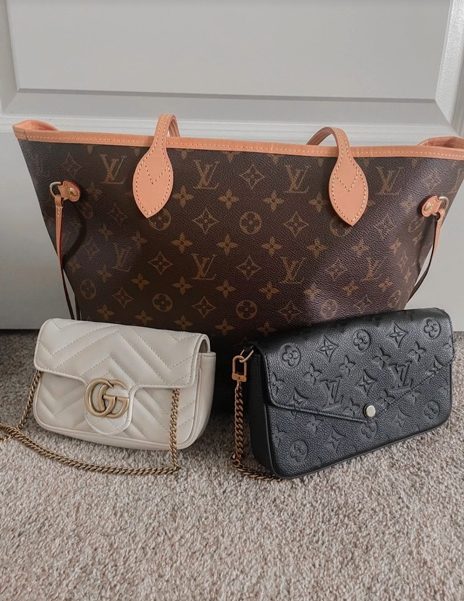In November, Balenciaga, a multi-billion dollar French luxury brand, released an appalling ad featuring young children holding a large Balenciaga bag that is a teddy bear dressed in a stud collar, harness and fishnet stockings. The campaign also featured court documents that mentioned “virtual child porn.”
Balenciaga has since removed the ad and apologized for it, saying the company “strongly condemns child abuse.” Cédric Charbit, Balenciaga’s CEO and President, expressed his remorse for the ad via an Instagram post on Balenciaga’s official account, “I want to personally reiterate my sincere apologies for the offense caused and take my responsibility. At Balenciaga, we stand together for children safety and do not tolerate any kind of violence and hatred message.”
But the post was a sad excuse of an apology that is not enough to calm an outraged public. Why did one of the world’s most popular luxury brands sexualize children? Why did no one stop it?
Balenciaga claims that it is investigating how ads featuring “unsettling documents” became part of its campaign, but how is it possible that the ad was promoted without approval from a company such as Balenciaga?
Balenciaga is not a small name company, but, rather, an operation that pays meticulous attention to its image. Ads for luxury brands take weeks to months of planning, prop-staging and photography—hundreds of people can be involved in editing, approving and publishing an ad.
Balenciaga’s claims of unknown marketing have no warrant, but they are not the first to claim ignorance in the face of controversy. Balenciaga has simply followed in the steps of other luxury brands, including Gucci, Burberry and Victoria’s Secret.
Senior Josh Thomas believes that luxury brands view themselves to be untouchable because they’ve convinced the general public that they are the epitome of quality and luxury. “In my opinion, this makes brands seek new ways to drum up attention. This led to Balenciaga’s most recent event. They needed a way to get attention beyond what they normally get, and decided to use a socially unacceptable mechanism to get it because they knew they wouldn’t face consequences,” Thomas shared.
At Burberry’s Autumn/Winter 2019 collection during London Fashion Week, one of their featured looks was a brown hoodie with rope ties hanging from the neck. Not only could this outfit be triggering towards those impacted by suicide, but also the world’s history of lynching.
Burberry removed the product and all its images following the backlash and released a statement to HuffPost, saying, “We are deeply sorry for the distress caused by one of the products that featured in our A/W 2019 runway collection Tempest.”
A $890 Gucci knit top was met with outrage after its resemblance to blackface was noticed. The black pull-up neck and large, red-lipped caricature was uncannily similar to blackface in Hollywood that portrayed African Americans as intellectually inferior to white Americans.
Again, the luxury brand apologized, stating that the racist design was unintentional and that it would “do better.”
There seems to be a similar pattern. Like a formula, luxury brands are “canceled,” apologize via social media, promise to improve, wait for the public to forget and repeat.
Some may argue that Balenciaga and other luxury brands are insignificant to a majority of the population and if it weren’t for celebrity influence, we would not know about their controversial actions.
What most people are not aware of is the egregious quantity of child pornography in the United States.
In Iowa alone, just a few months ago, two men were sentenced to only 25 years in federal prison for making and possessing child pornography. One of the men, a 40-year-old from Council Bluffs, was found with a 13-year-old girl in the backseat of a car. He requested nude photos and videos of underage girls and sent explicit photos of himself.
The other man, a 39-year-old from Muscatine, used social media to connect with underage girls, hiding cameras in his bathroom to make recordings that contained child pornography— recordings that he later uploaded to the internet and social media.
Nationwide, more that 29 million reports are received annually by the National Center for Missing and Exploited Children for suspected child sexual exploitation. This equates to over 563,000 reports per week.
When even the most expensive, luxurious brands promote child pornography, racism and idolized suicide under the guise of ignorance, it normalizes these atrocious actions for the general public.
If not even the most public offenses of child pornography are held accountable, the problem will only continue to plague society.









